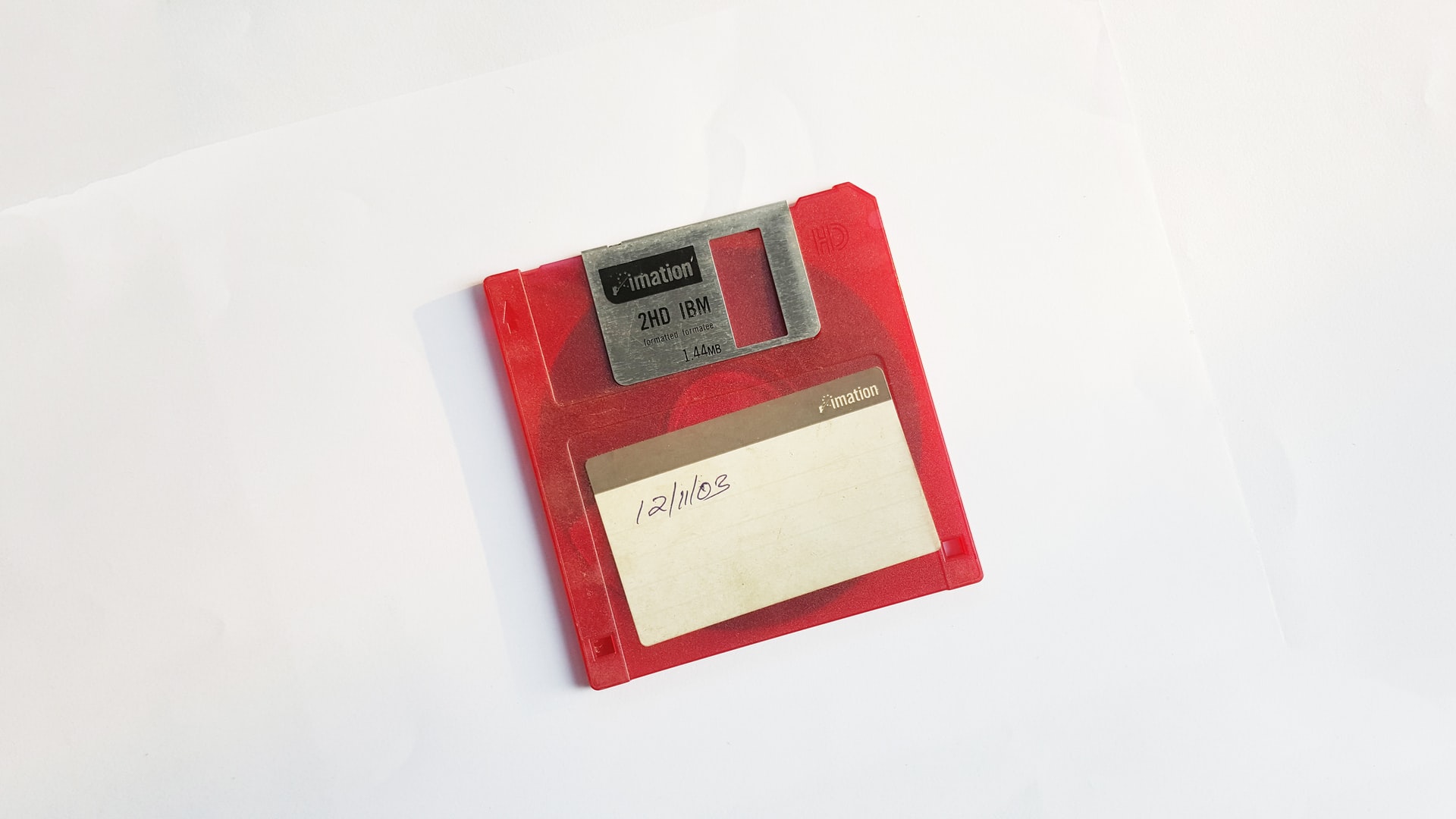At one time, legacy systems were the backbone of technology, driven by industry standards created by IBM, Dell, COBOL, and others. Today, the situation is changing, and most legacy system users need to determine if these systems are an asset or a liability. They need to evaluate the good and the bad about their systems and look for new opportunities to maximize performance.
By definition, legacy systems are an old method, technology, computer system, or application program” of, relating to, or being a previous or outdated computer system, yet still in use. Legacy systems were created to efficiently manage large amounts of data across multiple sites. They enabled users to access and analyze the same data simultaneously thereby ensuring accuracy and reliability.
Some government agencies, banks, retail, and background checking organizations still use these systems today. Technology, however, has progressed rapidly, and new cloud services offer the ability to keep the benefits of legacy systems while tapping into the power of today’s rapidly evolving technology.
The Good
While legacy systems are often ridiculed and sometimes even despised by today’s users, they offer distinct advantages—the first being familiarity. Many of these systems have been used for decades to store vital company information. While employees may not enjoy the clunky functionality, many have grown up in companies that use a legacy system, and for most, it’s routine, easy-to-learn, and simple.
For example, one privately owned, multi-site furniture store in Texas uses an older legacy system to process customer orders. Sales reps enter customer and order information into the system, the warehouse receives the order, processes it, and delivers the furniture.
While the green flashing cursor on the old-style monitor may seem archaic to most, the legacy system is efficient, safe, and reliable. It gets the job done without additional technology costs. Pure and simple. It works, so why change it?
Legacy systems also ensure business continuity in operations. Switching to a newer, more high-tech system could mean reducing or stopping sales or production until the new system is fully operational. This could result in lost sales, unhappy customers, and a hit to the bottom line. Some companies are not willing to take this risk as long as the legacy system meets current expectations.
The Bad
Technology advances at warp speed. Legacy systems do not. Modern tech may be agile, but many legacy systems still do the heavy lifting, and this presents several disadvantages such as:
- Hindering tech innovation. Modernization and advancements are the lifeblood of modern high-functioning tech systems. Legacy systems make it difficult to implement newer, faster programs that could provide more efficient, safer, robust services and more in-depth data analysis.
- Adding security risks. Many legacy systems are no longer supported by their manufacturers. Therefore, a single unpatched weakness can allow attackers to access databases and applications. Likewise, because of the lack of modern backup solutions and services, organizations often cannot prevent data losses.
- Increasing maintenance costs. Very few younger programmers/developers know COBOL or other legacy system languages, which result in higher maintenance costs. This also impacts the time needed to address issues and emergency situations.
- Lacking mobile or web compatibility. With more than five billion mobile users worldwide, major systems that are mobile and web compatible are key to future growth, success and remaining competitive in the marketplace.
- Having a negative impact on employee empowerment. Not only do legacy systems reduce productivity, they lower morale and the ability to attract the best talent. Most employees know how to use new technology and resent having to learn an old system.
New opportunities
Because legacy systems are still in use, new methods and technologies have been developed to integrate the data these systems manage into mobile and web systems and reduce or eliminate some of the disadvantages. Following the “6Rs of Cloud Migration: Rehost, Re-platform, Repurchase, Refactor, Retain, or Retire” may provide viable solutions. These include:
- Rehost: Migrate on-premises applications “as is” to the cloud without any change.
- Re-platform: Migrate to cloud without the change in functionality of the application, however with a few upgrades. For example, an operating system, or database upgrade.
- Repurchase: Replace on-premises applications with their cloud alternatives for using Platform-as-a-Service (PaaS) or Software-as-a-Service (SaaS). This may not be an appropriate choice if there are a lot of customizations.
- Refactor: Refactoring requires re-architecting of the solution by either making partial or full use of cloud native capabilities. This option requires significant efforts and is most suitable for systems that are not mission critical but requires improvement.
- Retain: If the system still provides value or, there are technical challenges in migrating, retain it.
- Retire: Re-visit your asset inventory and retire systems that are of little or, no value.
Plan for the future
Due to their immense value, legacy systems will remain in use for some time. Yet, a thorough evaluation of the real value they deliver can help determine the ideal strategy to maximize ROI on newer technology and existing legacy systems. Start by updating your asset inventory, categorizing systems based on their value to business, and then envisioning the opportunities that will deliver the best results for the company, its shareholders, and its customers.











